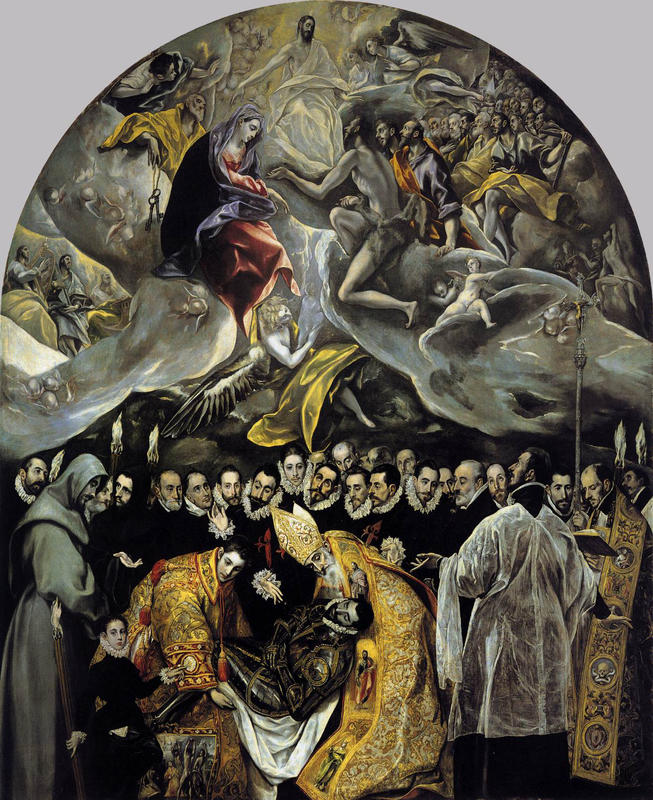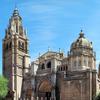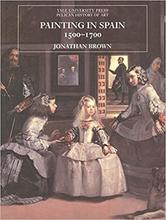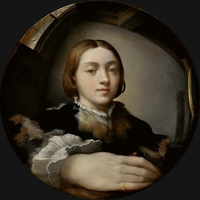More about The Burial of the Count of Orgaz
- All
- Info
- Shop

Contributor
The Burial of the Count of Orgaz is one third Renaissance, one third urban myth, and one third Where’s Waldo!
Housed in Santo Tomé, originally built in the 12th century, and rebuilt and restored in the 14th by Count Orgaz, who donated a large sum of money to the Chapel. This money didn’t get to the chapel however, until a priest, Andrés Núñez, in 1569 filed a claim and finally received the money nearly 200 years later. The priest then commissioned El Greco to paint this tribute to the local legend in the chapel where said legend is entombed.
According to the myth, in 1312, when Orgaz’s burial was occurring, the heavens erupted and all the attendees witnessed Jesus, Mary, St. John, and some cherubs descend from the sky. Then Saint Augustine and Saint Stephen appeared to help put him six feet under. I’d say there were some pretty awesome mushrooms aka champiñones al ajillo at the reception that everyone seemed to eat and “experience.” El Greco was charged with recreating this scene in a large 16 feet by 10 feet altar, which has continued to bring revenue to Santo Tomé to this day.
El Greco loved his split personality paintings (ie. heaven and angels above, earth and us mortals below), and you can see a lot of these double layers in his works.
Here comes the one part Renaissance: Like Raphael’s School of Athens, El Greco painted real life people into the painting to honor Toledan social figures as well as Nuñez, the priest who hired El Greco. He also included a self-portrait. And there’s the Where’s Waldo part. Can you find him? I’ll cut the suspense; he is directly under Mary, looking straight out at the viewer to the left of the guy with the pointy facial hair and very expressive hands. The little boy in front is El Greco’s son, Jorge Manuel. The handkerchief in his pocket has El Greco’s signature (in Greek, how he signed his paintings) and the birth year of Jorge.
If you’re a super nerd and want to know who the other players are, you can visit and look at their pamphlets … or you can cheat and look at their website.
Featured Content
Here is what Wikipedia says about The Burial of the Count of Orgaz
The Burial of the Count of Orgaz (Spanish: El Entierro del Conde de Orgaz) is a 1586 painting by El Greco, a prominent Renaissance painter, sculptor, and architect of Greek origin. Widely considered among his finest works, it illustrates a popular local legend of his time. An exceptionally large painting, it is divided into two sections, heavenly above and terrestrial below, but it gives little impression of duality, since the upper and lower sections are brought together compositionally.
The painting has been lauded by art scholars, characterized, inter alia, as "one of the most truthful pages in the history of Spain", as a masterpiece of Western art and of late Mannerism, and as the epitome of Greco's artistic style.
Check out the full Wikipedia article about The Burial of the Count of Orgaz
















